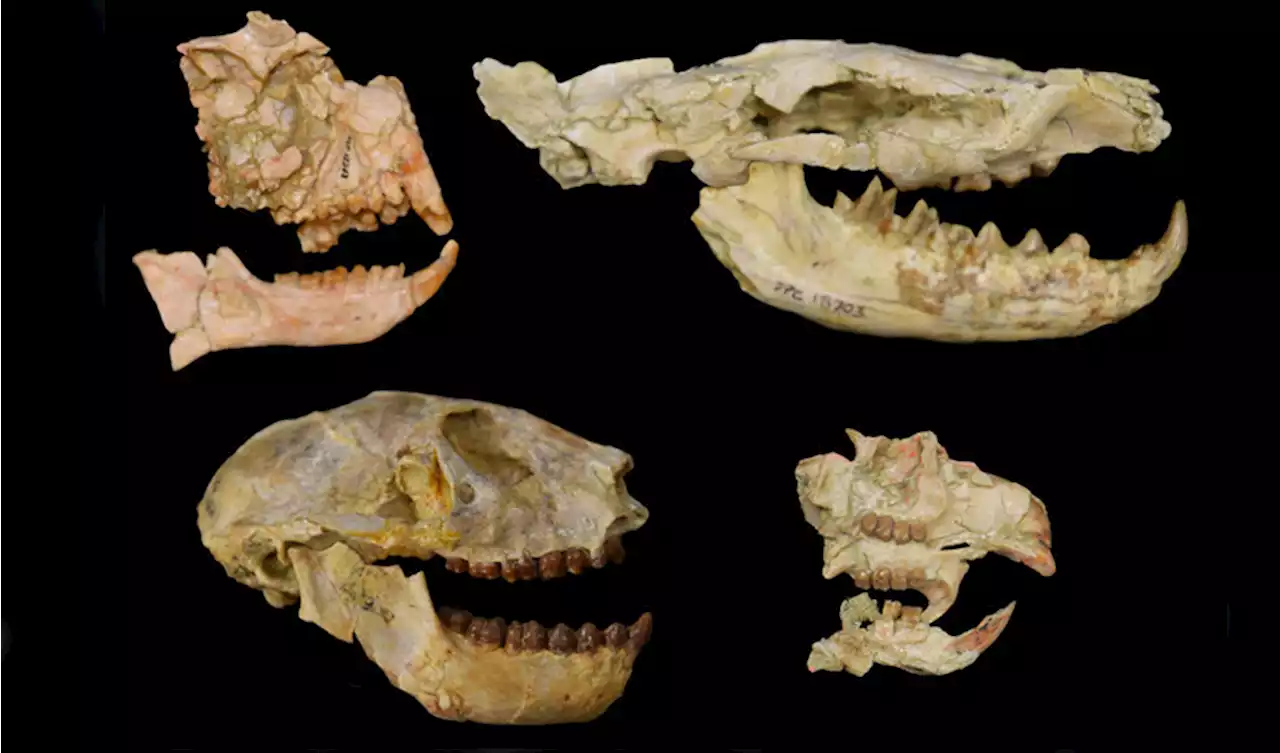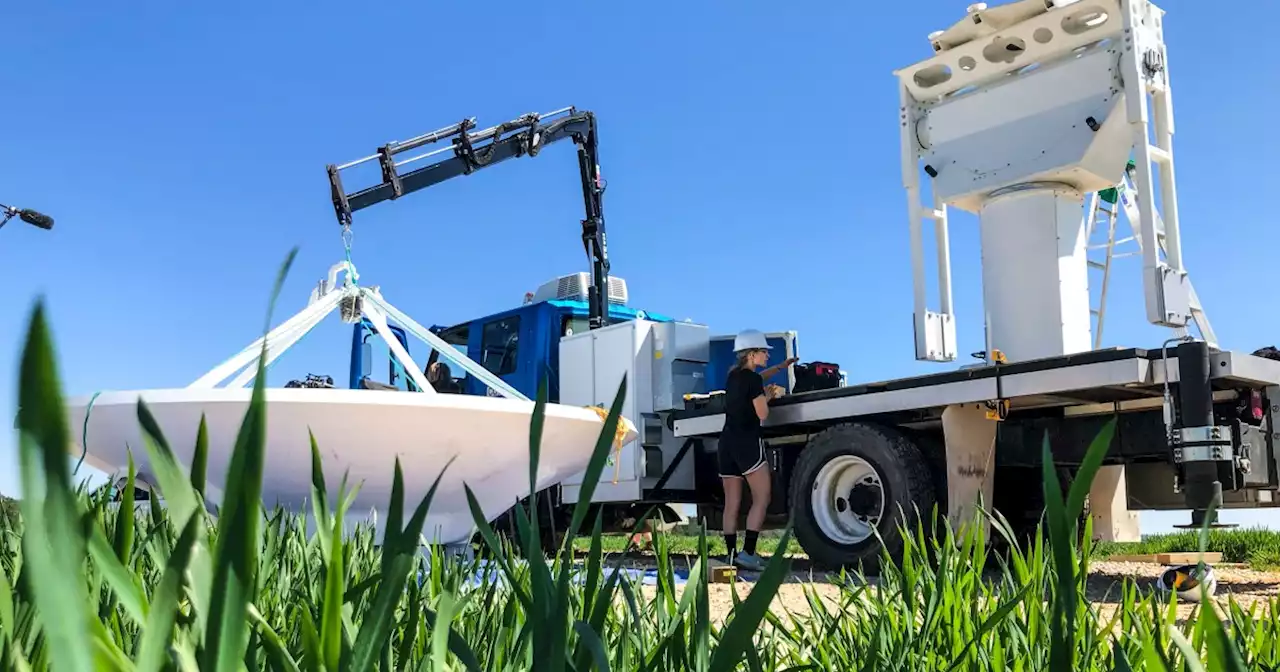Scientists have observed a rare Fast Blue Optical Transient (FBOT), known as 'the cow', which is an explosion class that is much less common than other explosions, such as supernovas.
Using the astronomical equivalent of polaroid sunglasses, they were able to measure the polarization of the blast with the Liverpool Telescope located on La Palma and measure the shape of the explosion. By reconstructing the 3D shape of the explosion, scientists were able to map the edges of the blast and see just how flat it was."We never thought that explosions could be this aspherical.
The Liverpool Telescope used to observe the explosion has a mirror only 2.0m in diameter. However, by studying the polarization, the astronomers were able to reconstruct the shape of the explosion as if the telescope had a diameter of about 750km. Researchers will now undertake a new survey with the international Vera Rubin Observatory in Chile to discover more FBOTs and further understand them.This latest discovery highlights the importance of chance discoveries in scientific research.
The Liverpool Telescope used to observe the explosion is just one example of the cutting-edge technology used in modern astronomy. Advances in telescope technology and data analysis have enabled scientists to study the Universe in unprecedented detail, leading to new discoveries and insights into the mysteries of the
United States Latest News, United States Headlines
Similar News:You can also read news stories similar to this one that we have collected from other news sources.
 Spectacular Hubble Image Captures Aftermath of Catastrophic Supernova ExplosionThe Hubble Space Telescope captured an image of the aftermath of a Type II supernova explosion in the spiral galaxy UGC 2890, which is located 30 million light-years away in the Camelopardalis constellation. While the supernova occurred in 2009, Hubble recently took a break from its regular observin
Spectacular Hubble Image Captures Aftermath of Catastrophic Supernova ExplosionThe Hubble Space Telescope captured an image of the aftermath of a Type II supernova explosion in the spiral galaxy UGC 2890, which is located 30 million light-years away in the Camelopardalis constellation. While the supernova occurred in 2009, Hubble recently took a break from its regular observin
Read more »
 NOAA scientists found mysterious heatwaves at the bottom of the oceanScientists have discovered a batch of mysterious heatwaves at the bottom of the ocean that has them scratching their heads.
NOAA scientists found mysterious heatwaves at the bottom of the oceanScientists have discovered a batch of mysterious heatwaves at the bottom of the ocean that has them scratching their heads.
Read more »
 Ward Off Wrinkles: Scientists Discover Anti-Aging Power in an Invasive WeedCocklebur extracts could protect skin, speed wound healing, and ward off wrinkles. The fruit of the cocklebur plant, which grows worldwide and is often considered a noxious weed, has antioxidant and anti-inflammatory components that could make it useful as a skin protectant, according to new rese
Ward Off Wrinkles: Scientists Discover Anti-Aging Power in an Invasive WeedCocklebur extracts could protect skin, speed wound healing, and ward off wrinkles. The fruit of the cocklebur plant, which grows worldwide and is often considered a noxious weed, has antioxidant and anti-inflammatory components that could make it useful as a skin protectant, according to new rese
Read more »
 Scientists Build Tiny Robots That Can Inspect, Manipulate Your CellsA team of researchers at Tel Aviv University in Israel has come up with tiny micro-robots that can distinguish between healthy and dying cells.
Scientists Build Tiny Robots That Can Inspect, Manipulate Your CellsA team of researchers at Tel Aviv University in Israel has come up with tiny micro-robots that can distinguish between healthy and dying cells.
Read more »
 Scientists Find Hints of a Hidden Mass Extinction 30 Million Years Ago🔄FROM THE ARCHIVE Up to 63% of African and Arabian mammal species may have vanished in a previously undetected die-off.
Scientists Find Hints of a Hidden Mass Extinction 30 Million Years Ago🔄FROM THE ARCHIVE Up to 63% of African and Arabian mammal species may have vanished in a previously undetected die-off.
Read more »
 Chasing tornadoes, scientists still looking to unlock secrets of desctructive stormsStorm chasing has for decades been a valuable way to study tornadoes in an effort to understand what it takes to create these intense rotating columns of air.
Chasing tornadoes, scientists still looking to unlock secrets of desctructive stormsStorm chasing has for decades been a valuable way to study tornadoes in an effort to understand what it takes to create these intense rotating columns of air.
Read more »
